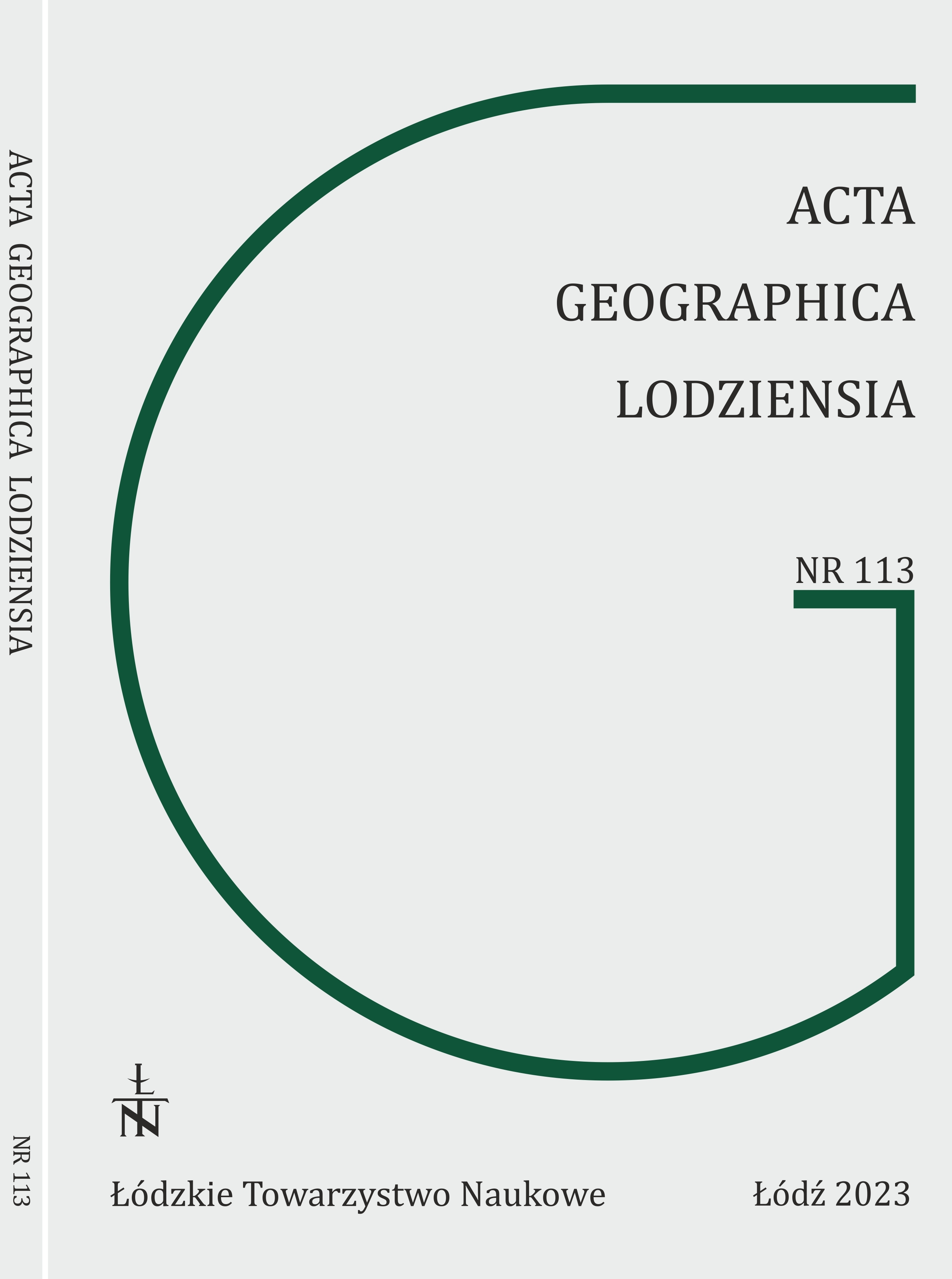CHARACTERISTICS OF STONE RAW MATERIALS IN MEDIEVAL
CHURCHES IN KOŁBASKOWO COMMUNE
CHARACTERISTICS OF STONE RAW MATERIALS IN MEDIEVAL
CHURCHES IN KOŁBASKOWO COMMUNE
Author(s): Bernard CedroSubject(s): Regional Geography, Environmental Geography, Applied Geography
Published by: Łódzkie Towarzystwo Naukowe
Keywords: macroscopic petrographic analyses; erratics stones; churches; megalithic tombs; granitoids; gneisses;
Summary/Abstract: The article presents the characteristics of rock material used as a building material in medieval stone churches.Macroscopic petrographic analysis showed that the rock blocks used for the construction of medieval churchesin the Kołbaskowo commune were generally made of material available on site. They were rocks originating from Fen-noscandia but extracted from sediments deposited by ice sheets that had advanced in from the north. The obtained results werecompared against macroscopic analyses of the petrographic composition of Scandinavian erratic boulders in the area and ac-cumulations of raw material in megalithic objects. The results of petrographic observations made it possible to distinguishthe basic types of rock materials used in the construction of the churches. The most commonly used materials were: granitoids,gneisses, rhyolithoids, sandstones and quartzites. All the churches built in the 13th century within what is today Kołbaskowocommune show a predominance of granitoids.
Journal: Acta Geographica Lodziensia
- Issue Year: 2023
- Issue No: 113
- Page Range: 89-102
- Page Count: 14
- Language: English

